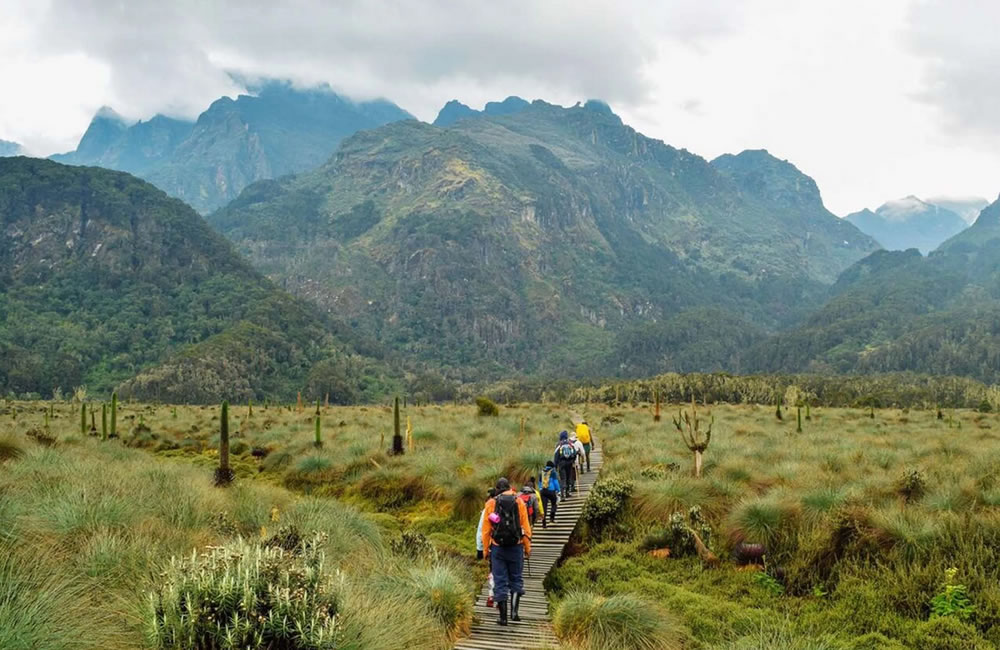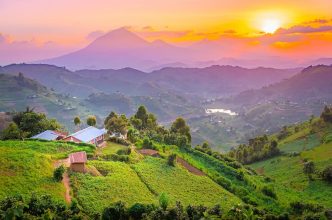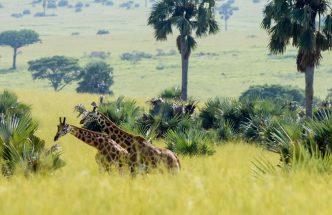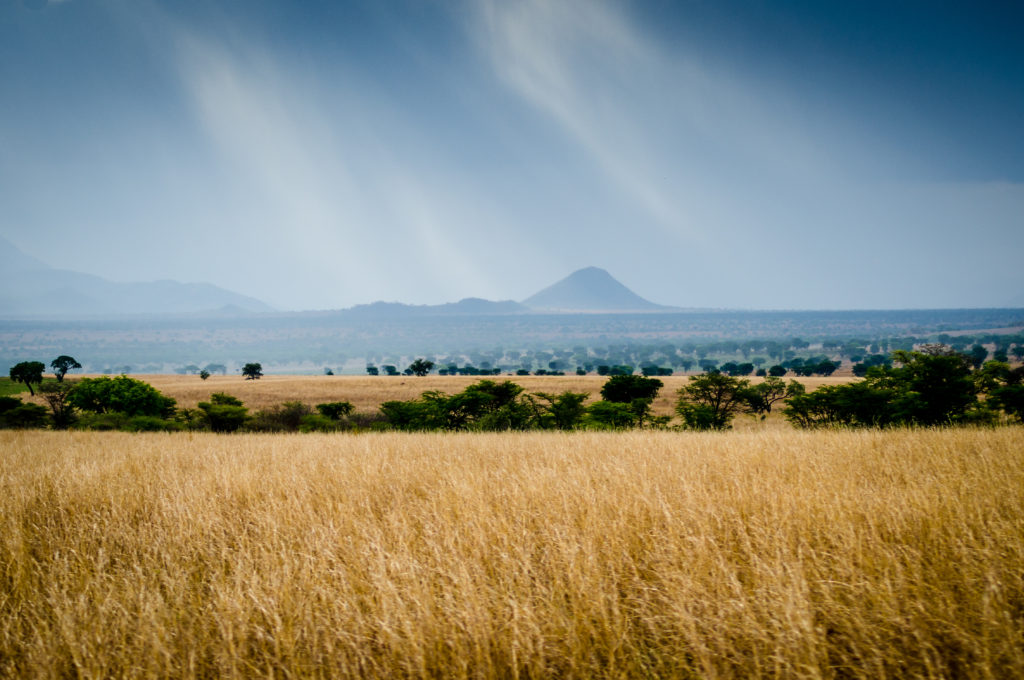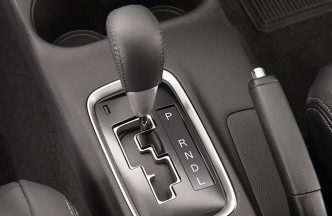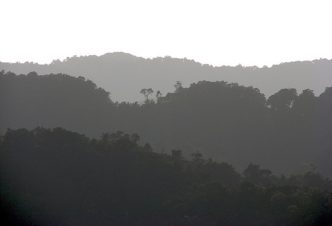The Rwenzori Mountains are one of the most exciting and challenging mountain ranges to trek in the world. 996 square kilometres of fantastical vegetation, lakes, rocky outcrops, cliffs, high glaciers and snow-capped peaks exist as a unique and mystical world into which you can escape.
The height of the peaks may not match taller mountains elsewhere in the world, the highest point – Mount Stanley’s Margherita Peak – is 5,109 metres (although this is still the 4th highest peak in Africa!). But their remote location, fluctuating weather conditions, startlingly diverse vegetation, remoteness, viewpoints and low visitor numbers combine to thrill adventurous trekkers looking for a very special experience.
The Rwenzori Mountains were gazetted as a national park in 1991, recognized as a World Heritage Site in 1994 and a Ramsar site in 2008. These classifications testify to the mountains’ international scientific importance. The word ‘Rwenzori’ roughly translates as ‘Rainmaker’, which clearly illustrates the importance of the mountains to Central Africa.
Trekking in the Rwenzori Mountains
The Rwenzori Trek must be explored on foot, and you must be of above average fitness and used to endurance activities. Margherita Peak has recently been reclassified as a technical climb and although you don’t need to be an expert climber in winter conditions, some experience is recommended.
A good variety of treks, from one to Ten days, are available to suit different interests from ‘peak baggers’ to birders keen to trace the region’s endemic species. Routes can also be extended where necessary for private groups to provide more opportunity to acclimatise to the altitude or to simply enjoy the peace, seclusion and beauty of the mountains.
The trekking routes
Two trekking circuits provide access to the Rwenzori’s peaks: the Central Circuit out of Nyakalengija and the Southern Circuit out of Kilembe. While the Southern Circuit was the route first followed (largely) by Professor Scott Elliott in 1895, it is the central circuit, pioneered by Luigi di Savoia in 1906, that for many years provided the only access to the mountains.
At Brilliant, we only organise treks for the Southern Circuit. This is because it provides the most intense and impressive experience of almost unbelievable landscapes. The southern circuit also has some longer routes that benefit acclimatization (and the overall experience).
Trekking experience required
Though trekking of the Rwenzori can be very demanding, it is on record that the experienced guides and porters sourced from the indigenous communities are a great resource to the trekkers of these mountains. This unique manpower has further been trained by the park, national outdoor leadership school, the service providers such as the Rwenzori mountaineering services and the Rwenzori trekking services. Other climbing experts have also been sourced to train them at different times to address special needs of trekking this mountain.
As a result of the great effort, training and skills acquired, people of all ages from 8 to 78 years have been recorded climbing Rwenzori Mountains up to margarita peak without a problem. Sometimes, those who may not feel confident to climb to the highest of Rwenzori start to do acclimatization trips on the shorter hills in the community or in other mountains of Uganda.
Special Equipment
Basing on this, your travel agent will need to make for you the rightful packing list for your trip. For peak climbing, the common equipment will include ice axe, crampons, snow glasses, gaiters, climbing rope, carabinas, gloves, water proofs and worm layers, harnesses, good hiking boots, warm clothing warm sleeping bag, rain gear and a few others as you may know or as they will be on your packing list. Other common equipment will include but not limited to sleeping bag, sleeping mat, walking shoes or rubber boots, rain gears etc.
Most of these equipment can be found at the base camp for hire at a set price. However, it is much better to come with your own if you can. Especially the personal items like walking shoes, climbing boots, sleeping bags are better brought if you have some space. Alternatively, it is better to clear with your agent before the journey, to confirm if specific equipment can be available for hire. Other equipment like the cooking ware will be provided within the trekking price if you have paid for a local chef to come along on the trek. It is important to confirm on what is catered for within the price and what is left out so as to avoid inconveniences.
Porters and guides
On the trekking package, each tourist gets two porters and one guide. Basing on the guide availability and the seasonal timing, sometimes two tourists from the same group may get one guide. The guide will basically carry nothing apart from his personal ware and equipment. Each porter will carry 25kg. This will be including 12.5 kg of tourist luggage and 12.5kg of other luggage including personal belongings. This means, each tourist will be allowed 25kg of luggage.
Any luggage more than that may require extra porters or you will choose to leave the extra luggage in the safe stores of the service providers at the basecamp. The difference between tourist’s luggage and other luggage is simple. Tourist luggage is the personal tourist items that they came with and or need on the mountains.
The other luggage is the items of general use needed by the party or the porters. This may include; gas energy, food supplies, charcoal, cooking equipment, climbing equipment, safety equipment etc. I know strength and fitness is important for climbing the Rwenzori. The truth is, climbing any mountain requires confidence and determination. These two matched with a good diet and helpful people, you can also make it.
All of our guides receive comprehensive general mountaineering and specific ice climbing training. They are trained in mountain first aid and so are able to spot and respond to the first signs of altitude sickness. Rescue procedures are practiced and reviewed regularly. Equipment is well-maintained and frequently checked.
When to Visit
It is possible to trek in the Rwenzoris all year round. At all times of year you should be prepared for a combination of sun, rain, mud, fog, ice and snow. However, the period from late June to early September and again late December to the end of February does tend to have lower rainfall, which means visitor numbers do peak during this time.
It is also worth remembering that the wetter months mean more rain lower down the slopes, but more snow at higher altitude, enhancing the already mystical experience of trekking in the Rwenzoris.
Getting to the Rwenzori Mountains
The nearest built-up area to the Rwenzori Mountains is the city of Kasese.
Kasese is easily accessible by air from Entebbe with daily flights taking just over an hour. Alternatively, the road journey from Entebbe/Kampala, via Fort Portal takes 6-8 hours.
You can also reach Kasese by flight from Entebbe. The flights depart Entebbe at 7am and 12:30pm daily, and line up well with hike departures. The return flight leaves Kasese at 10:45am and 2:45pm daily. The flight time is about 1 hour.
Conclusion
Please ask any other specific questions and our team shall dispense the rightful answer. For more detailed and technical information about Rwenzori Mountains, you can visit Primate Safari Experiences Limited website.
